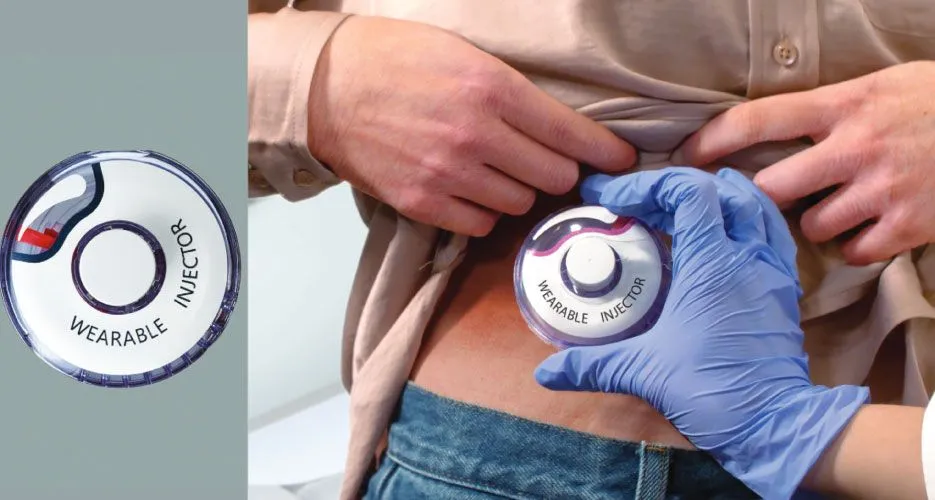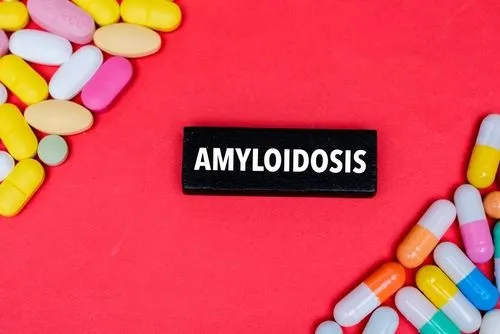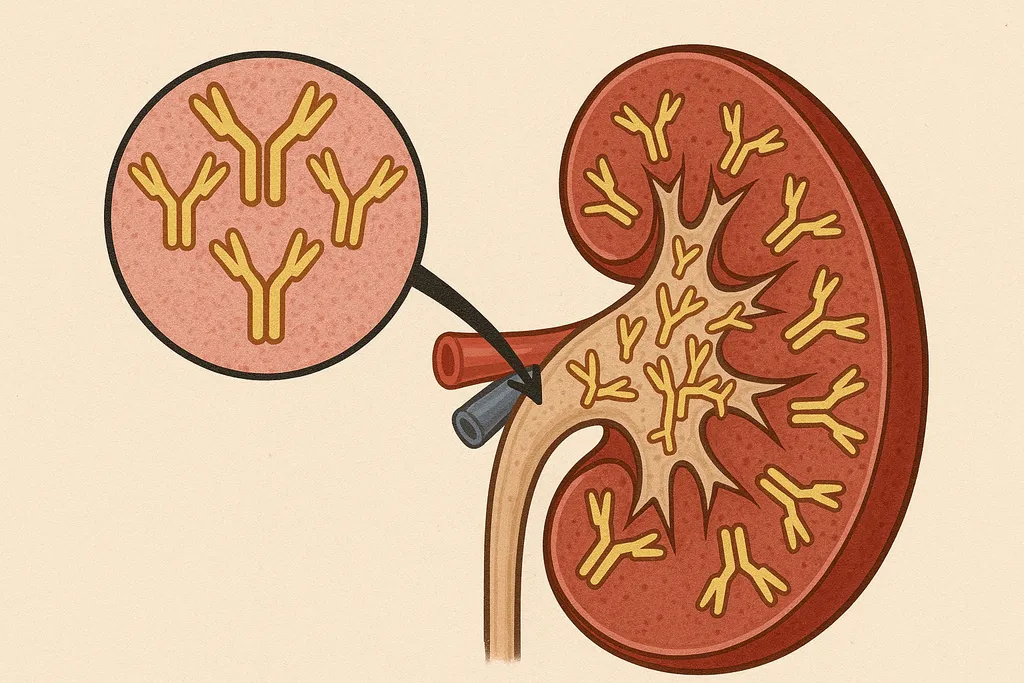Study Results Show Selinexor (XPOVIO) with Bortezomib and Dex to be a Convenient and Effective Triplet Combination

Selinexor (XPOVIO) was approved by the FDA in 2019 to be used with dexamethasone for patients who had relapsed five types of myeloma treatment. The BOSTON study results published today in The Lancet show that selinexor, weekly bortezomib (Velcade) and low-dose dexamethasone is an effective combination for multiple myeloma patients who have received 1-3 lines of prior therapy.
The BOSTON study, performed at 123 sites in 21 countries, included 402 patients. Patients were split into two groups evaluating once-weekly selinexor in combination with once-weekly bortezomib (Velcade) and low-dose dexamethasone (SVd) compared to standard twice-weekly Velcade plus low-dose dexamethasone (Vd) in patients with multiple myeloma who have received one to three prior lines of therapy. This is the first trial to evaluate a once-weekly bortezomib schedule in relapsed multiple myeloma compared to a twice weekly comparator Vd arm.
Median progression free survival was 13.93 months with the selinexor/bortezomib/dex combination vs. 9.46 months with bortezomib/dex. Interestingly, peripheral neuropathy of grade 2 or higher was less frequent when selinexor was added (21%) compared to the doublet combination (34%). The mortality rate during the study was 24% in the selinexor/bortezomib/dex arm vs. 30% in the bortezomib/dex arm.
The FDA accepted a New Drug Application earlier this year for selinexor use in patients with only one prior line of therapy. These Phase III BOSTON study results paved the way for the FDA to set a march 19, 2021 date (based on the Prescription Drug User Fee Act, or PDUFA).
Additional clinical trials such as the STOMP trial are underway to examine selinexor with other standard myeloma therapies.
This once-weekly (all oral) option may be a new, effective and convenient treatment options for patients at earlier relapse.
Selinexor (XPOVIO) was approved by the FDA in 2019 to be used with dexamethasone for patients who had relapsed five types of myeloma treatment. The BOSTON study results published today in The Lancet show that selinexor, weekly bortezomib (Velcade) and low-dose dexamethasone is an effective combination for multiple myeloma patients who have received 1-3 lines of prior therapy.
The BOSTON study, performed at 123 sites in 21 countries, included 402 patients. Patients were split into two groups evaluating once-weekly selinexor in combination with once-weekly bortezomib (Velcade) and low-dose dexamethasone (SVd) compared to standard twice-weekly Velcade plus low-dose dexamethasone (Vd) in patients with multiple myeloma who have received one to three prior lines of therapy. This is the first trial to evaluate a once-weekly bortezomib schedule in relapsed multiple myeloma compared to a twice weekly comparator Vd arm.
Median progression free survival was 13.93 months with the selinexor/bortezomib/dex combination vs. 9.46 months with bortezomib/dex. Interestingly, peripheral neuropathy of grade 2 or higher was less frequent when selinexor was added (21%) compared to the doublet combination (34%). The mortality rate during the study was 24% in the selinexor/bortezomib/dex arm vs. 30% in the bortezomib/dex arm.
The FDA accepted a New Drug Application earlier this year for selinexor use in patients with only one prior line of therapy. These Phase III BOSTON study results paved the way for the FDA to set a march 19, 2021 date (based on the Prescription Drug User Fee Act, or PDUFA).
Additional clinical trials such as the STOMP trial are underway to examine selinexor with other standard myeloma therapies.
This once-weekly (all oral) option may be a new, effective and convenient treatment options for patients at earlier relapse.
about the author
Jennifer Ahlstrom
Myeloma survivor, patient advocate, wife, mom of 6. Believer that patients can contribute to cures by joining HealthTree Cure Hub and joining clinical research. Founder and CEO of HealthTree Foundation.
More on Treatment Advances
Trending Articles




Get the Latest Multiple Myeloma Updates, Delivered to You.
By subscribing to the HealthTree newsletter, you'll receive the latest research, treatment updates, and expert insights to help you navigate your health.










